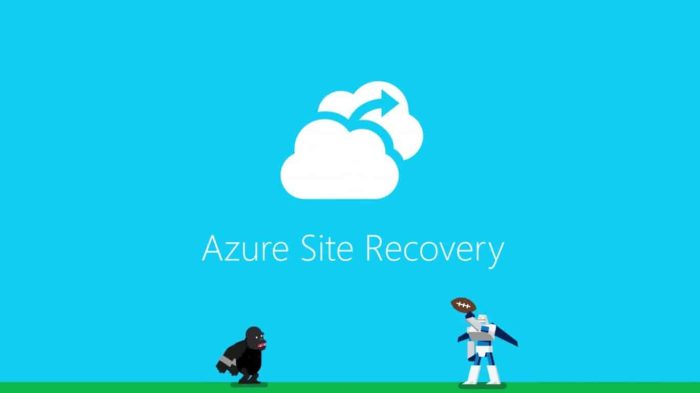Exclude Disk Support comes to Hyper-V VMs with Azure Site Recovery
2 min. read
Published on
Read our disclosure page to find out how can you help Windows Report sustain the editorial team Read more

In a blog post, Microsoft’s Nitin Soneji, current program manager of Cloud and Enterprise, announced the addition of Exclude Disk Support to Hyper-V Virtual Machines (VMs) with Azure Site Recovery (ASR). Based on customer feedback, ASR now gives users to ability to exclude disks from replication.
Soneji indicates that there are two instances where Microsoft customers would need to exclude disks from replication:
- The data churned on the excluded disk is not important or doesn’t need to be replicated (or / and)
- Storage and network resources can be saved by not replicating this churn
Earlier this year, ASR’s VMware to Azure gained this capability. Starting today, ASR’s Hyper-V to Azure will also be getting this capability. Soneji goes on to describe typical scenarios where Microsoft users need to exclude disks from replication:
- Splitting the single virtual disk into two virtual disks – one with the OS and one with the page file
- Excluding the page file disk from replication
Similarly, for Microsoft SQL Server with tempdb and system database file on the same disk can be optimized by:
- Keeping the system database and tempdb on two different disks
- Excluding the tempdb disk from replication.
Here’s a Microsoft Channel 9 video showing how to replicate Hyper-V VMs to Azure using ASR.
Microsoft offers a 31-day free trial of ASR’s replication capabilities for any new physical server or virtual machine that you replicate. Offer is open to new and current Microsoft customers with an Azure account. Let Microsoft know what features you want to see next through the ASR UserVoice or solve any issues you have via the MSDN ASR forum.








